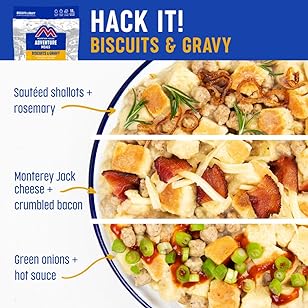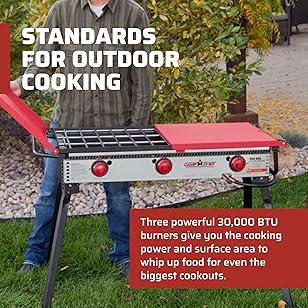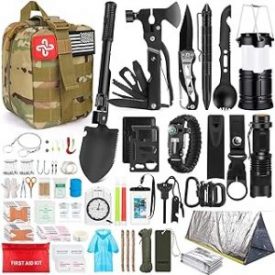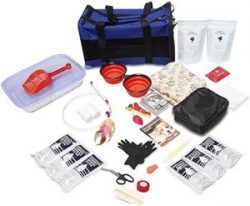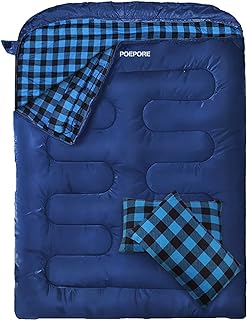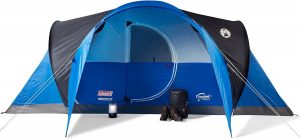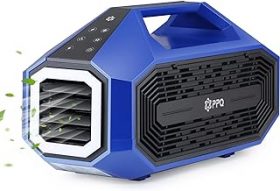Emergency Food Purchasing Concerns
 There is more to successful purchasing of emergency food then is apparent – things you need to consider.
There is more to successful purchasing of emergency food then is apparent – things you need to consider.
The package may be clearly marked 20 Years. The manufactured date may be older. How much older should be stated in the sales information. Even 20 year emergency food can be best by within the first 10 years with some loss of taste and texture going down hill from there.
If the current age of the product you are considering isn’t clearly marked, be sure to inquire prior to purchase. As the product ages there should be a relative lowering in price to compensate the buyer for the shorter shelf life.
Note that a bargain isn’t always a bargain if you are getting exactly the value you are paying for.
On the other hand, if you are expecting to use the product sooner, you may be in a position to take advantage of a good price in exchange for a somewhat shorter shelf life.
Another consideration is packaging. Two buckets may both offer 30 days of three meals each with a 20 year shelf life. However, when opened you find 30 days of oatmeal all in one bag. Where if a bag spills upon opening you didn’t lose a day, you lose it all.
Again, all is relative. If you have 30 people a day to feed an all in one bucket is fine. Or if you have 5 people to feed meals packed for 5 or 6 servings should do the trick. For one or two people you would want each serving individually packaged. Clearly if you don’t need to consume the entire package at once, if you might only need to dip into it over the course of a year, then the smallest the serving packages are the better it will work out for you.
So be sure to inquire with great detail how the food will be packaged serving wise.
There is also some concern whether an emergency food bucket should be opened for inspection or not. Obviously the sealed bucket provides an extra level of protection against moisture, vermin, mold and insects.
If you decide to inspect at least one bucket of emergency food to see what you are dealing with, sample, etc. Try and open the bucket in a way it can be resealed as tightly as when brand new. Most buckets have little cut strips to make it easier to open, try using a big flat bladed screwdriver to open the bucket without breaking the easy open cuts strips so you can get the best reseal.
The emergency food packaged inside should be removed to a perfectly clean surface and the bucket inspected for insect larva, moths, bugs or mold of any kind.
Food packages should be inspected for tiny holes, when lightly squeezed air should not escape, rips or tears. Dry goods should be dry, not in a damp or paste state. If anything is wrong with the first bucket(s) the rest should be checked. Otherwise imagine being down to your emergency food and finding a bucket of bugs! Request the seller or manufacturer replace all failed product.
Do not be overly quick to jump on a bargain lower then the usual price, ask why, ask what the actual use by date is. A 20 year guarantee won’t be much good if 19 years from now the manufacturer is out of the picture, so make sure you are buying good quality and quickly get replacements for what isn’t right.
Lastly a good source of information about emergency food products is user reviews such as you will find on Amazon and ebay. People will say what they liked and what they didn’t.
_


 January 5, 2016
January 5, 2016 
